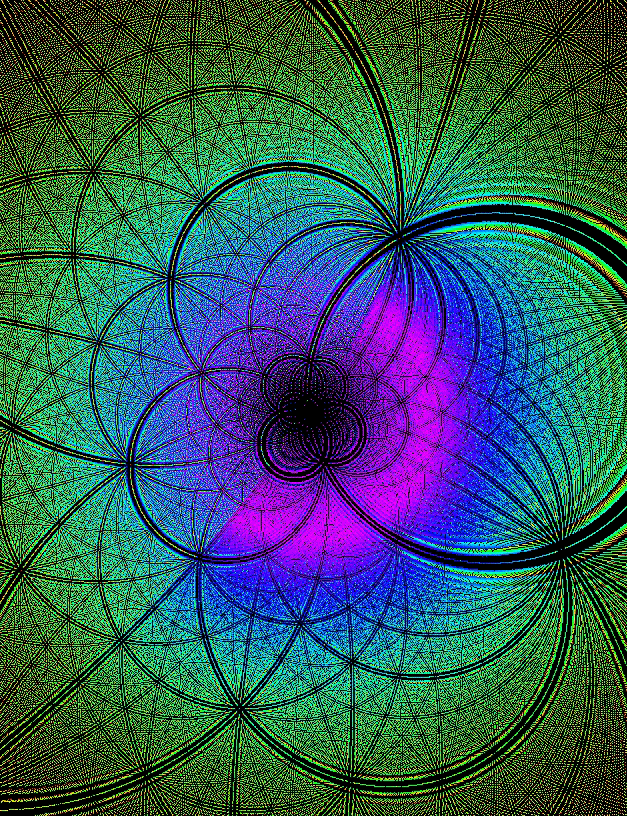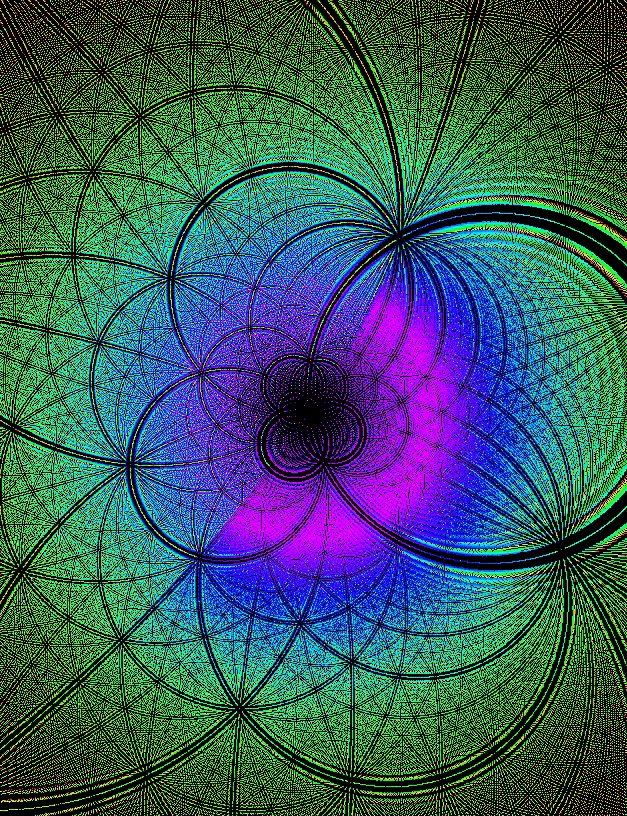The Aftermath of a Controversial Idea
It sounded more like a wizard’s sacred gemstone than theoretical physics. In a paper published last October, Nobel-Prize-winning physicist Frank Wilczek proposed a hypothetical object called a time crystal: a ring of particles that formed a crystal in the fourth dimension of time. And in a concurrent paper, experimentalist Xiang Zhang and his group at the University of California, Berkeley, sketched out a technically challenging, yet potentially feasible, way to make this bizarre-sounding object with trapped ions.
It wasn’t just an irresistible name that made time crystals the subject of more than a few stories in the science media. The key idea behind a time crystal was that it could function as a clock that never needed winding—a possibility that, at first sight, seemed to challenge the fundamental law of physics that energy be conserved. One journalist opened his story in Scientific American saying he never thought he’d see Wilczek’s name in the same sentence as the words “perpetual motion machine.”
Now a critique of Wilczek’s proposal has just published in Physical Review Letters. Had the original papers not received so much attention, this new paper would probably go by without any mention here. But the gist of the critique is worth explaining. It’s also a good opportunity to check in with the original authors to find out if anyone is actually trying to make a time crystal.
Time crystals are objects that undergo periodic motion. That in itself wouldn’t be terribly interesting—a lot of things orbit, vibrate, or rock back and forth, clocking time as they do so. Wilczek’s idea was that this motion could occur spontaneously in a system’s lowest energy state, not requiring any energy to ramp it up or keep it going. He made a mathematical argument that this rotational motion could occur in a system whose symmetry was broken in time in the same way that spatial symmetry is broken when atoms settle into a crystal, like salt.
Wilczek proposed a simple model to illustrate a quantum time crystal: a small number of charged particles confined to a ring that was pierced by a magnetic field. He showed that, in the presence of a small perturbation, a mutual attraction between the particles would cause them to form a soliton—a lumplike wave packet that retains its shape—breaking the symmetry along the ring. (Like all examples of symmetry breaking, where the system chooses a lower symmetry than the physics equations that describe it, one has to assume a “jolt” from the environment.) For special values of the magnetic field, he found a mathematical solution—assumed to be the lowest energy state—in which the lump rotates around the ring. (For a physicist’s take on the original time crystals papers, see Jakub Zakrzewski’s Viewpoint in Physics or Piers Coleman’s News & Views article in Nature.)
Patrick Bruno, a theorist at the European Synchrotron Radiation Facility in Grenoble, France, heard about the paper through colleagues and was intrigued, but also suspicious. “The idea is original—at least, it’s the first time I [have seen it]. But trying to find a system that rotates spontaneously is something people have been looking for for centuries and they were always proven wrong.”
In a short Comment in PRL, Bruno doesn’t go so far as to prove time crystals don’t exist (though he himself doesn’t believe they do.) Instead, he challenges the example Wilczek used to illustrate a time crystal, showing that a static soliton has a lower energy than the rotating state Wilczek predicted. In other words, it would take energy to rotate the soliton, violating the defining criterion of a time crystal.
In a phone conversation, Wilczek acknowledged that Bruno has made a valid point about the specific model he considered, though he also points out that, in his view, time crystals—both classically and as a quantum system—still remain possible in general. (Wilczek’s formal Reply in PRL can be found here.)
In a sense, Bruno’s Comment illustrates the sort of validity test any proposal for a time crystal has to pass. “If you propose that the symmetry breaks in some way you have to check that there aren’t other ways that it might break that have lower energy,” says Wilczek. “A rough analog would be to ask whether a material became magnetic with all of the spins aligned or not. You have to calculate the relative energy of two very different states and just see which one is most favorable.”
So barring what Wilczek calls an “airtight mathematical proof” for or against the existence of time crystals, everyone will have to wait for an experiment. In an email, Zhang says he and his group at Berkeley are following through on their proposal and collaborating with a group experienced in ion trapping to make a time crystal. The experiment comes with its share of technical challenges, since it involves cooling a small number of ions in a submillimeter-sized ring to nanokelvin temperatures and then “tagging” one of them to detect its rotation. (Bruno has raised some interesting questions about this proposal. Both his critique and Zhang’s reply can be found on the arXiv.) Independently, Jakub Zakrzewski, who wrote the Viewpoint for Physics, and his collaborators at Jagiellonian University in Krakow, Poland will try to produce a time crystal with numerical simulations.
Whether time crystals can be made in the lab or realized in a computer simulation remains to be seen. What does seem clear is that a time crystal is more than a curious-sounding idea proposed by a famous physicist. Debating its existence may lead to a new understanding of quantum many-bodied physics at a time when atom and ion-trapping technology can provide experimental feedback—a topic explored in today’s Focus story.
“I’m not convinced time crystals exist. I’m not convinced they don’t exist,” says Zakrzewski. “It is controversial, but [the possibility] is open.”
– Jessica Thomas, Editor





